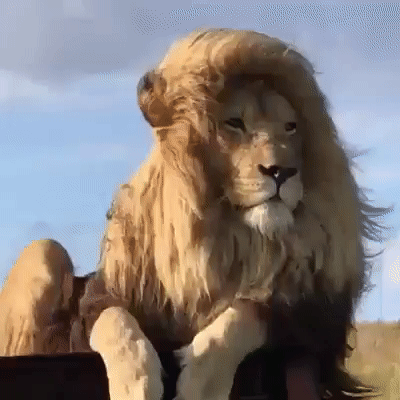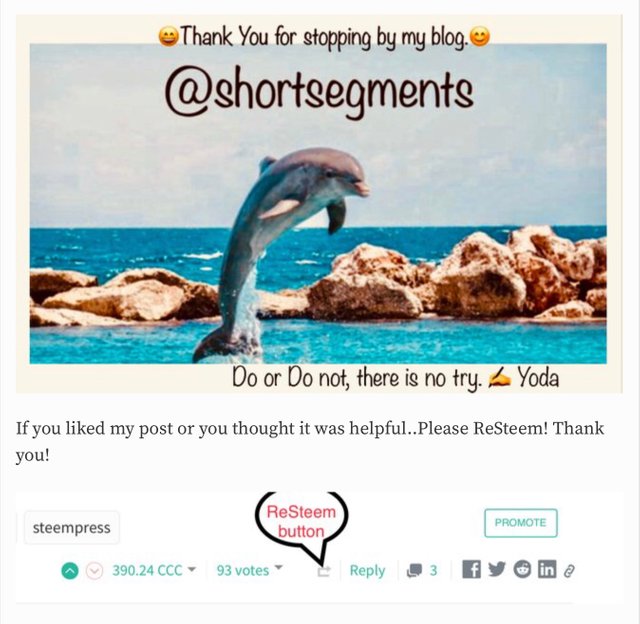
Some of you are trading on platforms which don’t give standard deviation or percentile markers, which can make it challenging to figure out the strikes to pick for high probability option spread trades. However, Bollinger Bands are a common feature on most charting platforms. Because of the mathematical precision and certainty it is useful to option spread traders because it shows you where to place your two strikes with mathematical probability of a successful trade being on your side. And every option trader knows it’s the math which makes or breaks a trade setup.
I think it can be said, without exaggeration that the Bollinger band, invented by John Bollinger is one of the most popular trading price volatility measurements in stock and option trading. Most famous successful traders tell you their secret sauce and then add “and I use Bollinger bands. “
John Bollinger creates this volatility measurement after years of study. But now it looks quite simple. He charted a simple 20-day moving average of the closing price with a band on either side consisting of two standard deviations of the moving average, effectively capturing about 95 percent of the variation away from the average.The bands are, so to speak, moving standard deviations. By default, the Bollinger Bands ® are set to 2.0 Standard deviations which means that, from a statistical perspective, 95% of all the price action happens in between the channels.
For an options spread trader we often need the stock to finish above a certain price and below a certain price. The standard deviations from the mean represent large probability percentage zones and two standard deviation price points above and below the market represent the 95th percentile point in either direction. This means the stock has a 95% chance of closing above the lower strike and 95% chance of closing below the upper strike.
In times of volatility there is enough premium in these far ranges to make a $100 on ten contract and $200 on 20 contracts. If you create an iron condor you can sell both put spread and call spread, nearly doubling your profit.
If your brave and attentive you can just sell the options and save on buying the protective options and profit more. The statistical probabilities are on your side. Plus if the market moves against you and your probabilities change you can roll out to the next month, giving yourself more time to be right.
✍️ written by Shortsegments. Sources Below
Read other articles by me on the Steemit Social Media Platform, where writers get paid for their content by the community by upvotes worth the cryptocurrency, called Steem.
Please follow my separate Steemleo investment Blog
Please follow my Twitter Feed Here

😅😊

If you have time one day would love to see a chart with Bollinger bands and maybe a more descriptive post with pictures on how you would make the trade hypothetically?
Maybe I just don't understand options trading and is why this post isn't making sense.
Downvoting a post can decrease pending rewards and make it less visible. Common reasons:
Submit
The pictures in a post, illustrating the trade sounds like a great idea.
Thanks
Downvoting a post can decrease pending rewards and make it less visible. Common reasons:
Submit
I posted this on my Twitter: https://twitter.com/shortsegments/status/1208652076756029440
Downvoting a post can decrease pending rewards and make it less visible. Common reasons:
Submit